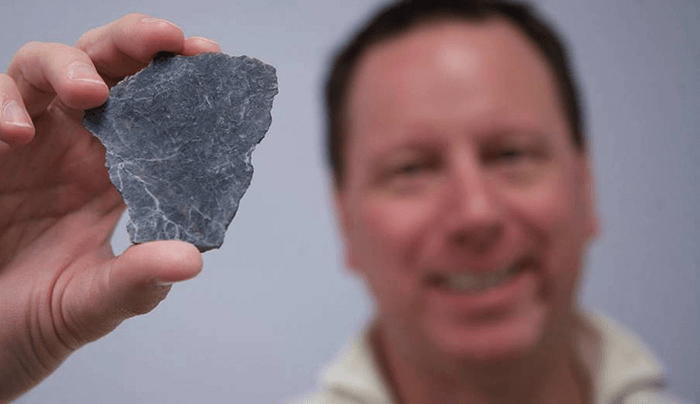
Also, about a decade ago I was working at NASA’s Jet Propulsion Laboratory (Flintridge, California, USA) where I became very interested in spaceflight hardware and building instruments. Back then, it was widely accepted that performing dating experiments on another planet was impossible and that you had to bring those samples back to the Earth – a very expensive proposition that might only happen once. Therefore, you had to pick the right sample – and characterizing a whole planet from only one sample location would be tricky. Even with the Apollo programs that brought back samples from a number of places (270 kg of rock), we still want to know how old the different surfaces of the moon are. In the ‘Decadal Survey’, NASA’s blueprint for the scientific exploration of different planets, the number one objective for new lunar missions is to obtain more dates to help us understand not only the history of the moon, but also the solar system. During this time, I started thinking about approaches to miniaturizing a range of geochronology instruments. So the idea of building instruments to obtain these important dates evolved from working at JPL and from thinking about how we can measure in situ instead of the very expensive and difficult sample return method. It’s a political subject; I believe that we still need to do sample return in addition to in-situ dating, but a single sample return is not going to be enough to answer all the questions. With in situ analysis, which for Mars is approximately 10 times cheaper, you could fly missions to many different places for better characterization of a planet. The final factor that inspired this project is my good relationship with Joe Boyce, an early leader of the Mars program at NASA. We talked a lot over beers and he once said, “Scott, you need to see if you can solve this in-situ dating problem using in-situ chronology.” At the time, it was a crazy idea because no one really thought it was possible, but it inspired me to look into the laser ablation resonance ionization mass spectrometry technique. I actually looked at many different approaches and thought this was probably the best one. So we set out writing proposals and trying to figure out how to make it happen.
References
- FS Anderson, J Levine, TJ Whitaker, “Dating the Martian meteorite Zagami by the 87Rb-87Sr isochron method with a prototype in situ resonance ionization mass spectrometer”, Rapid Commun Mass Spectrom 29, 191 (2015). DOI:10.1002/rcm.7095. FS Anderson, J Levine, and TJ Whitaker, “Rb-Sr resonance ionization geochronology of the Duluth Gabbro: A proof of concept for in situ dating on the Moon”, Rapid Commun Mass Spectrom, 29, 1457–1464 (2015). DOI: 10.1002/rcm.7253.




